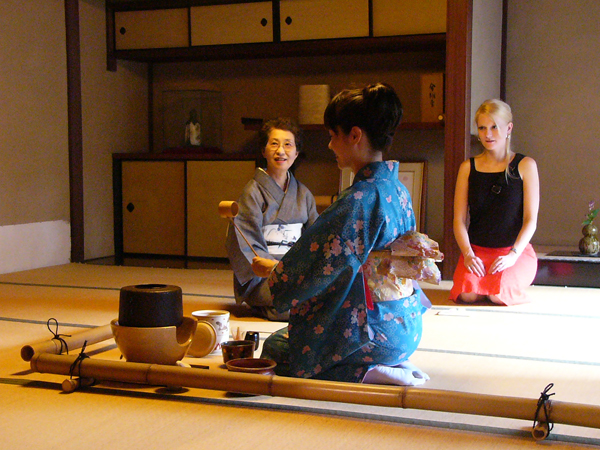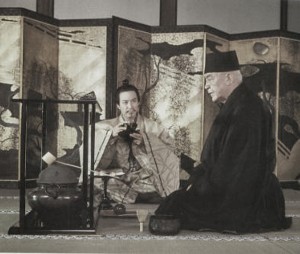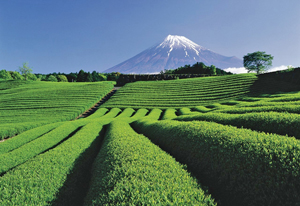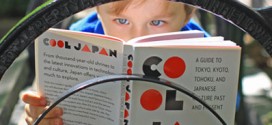Japanese-beloved historic hero, Oda Nobunaga initiated the unification of Japan under the shogunate, the militaristic dictatorship, during the late 16th century. During this time, Nobunaga’s tea master, Sen no Rikyu, established the Japanese tea ceremony, which the shoguns used to talk politics and to display their wealth and power. Today, it is most often used to show hospitality to guests, and the shogun’s haughtiness has been replaced with a more Zen presentation and ritual. While there are formal rules, these often pertain to the longer ceremonies, whereas an abridged version is more commonly practiced today.
Tea Ceremony Etiquette:
Before entering the ceremonial tea room, guests first remove their shoes and ritually purify their hands and mouths.
Guests enter the tea room through a small “crawl in” door, while the host enters from another door. This crawling in puts the guests on their knees, in essence humbling them.
Guests sit seiza-style (traditional Japanese way of sitting on one’s knees) in order of prestige, and observe and appreciate any items that may already be out on display.
When the last guest is seated, the door is closed with an audible, but not too loud, noise; this alerts the host that the guests are ready. The host greets and welcomes each guest, and at this point may answer any questions posed by the head guest, or shokyaku, on the floral arrangement or scroll or artwork in the room.
In traditional, longer tea ceremonies (chaji), only the head guest talks to the teishu, commenting on and asking questions about the simplicity and elegance of the tools, but doing so only towards the end of the ritual.
Sometimes a a multiple coursed meal is served, along with sake and sweets. In this case, there will be a break, during which the host will tidy up, remove the scroll and replace it with a floral arrangement. The host will then summon the guests, who again ritually purify themselves.
At this point, the host will prepare and serve the tea in a bowl to the head guest. The head guest bows to the host, then bows to the second guest, and raises the bowl out of respect for the host. The head guest will rotate the bowl so as not to take sips from the front. After a few sips, the head guest will wipe clean the rim of the bowl clean and pass it to the second guest.
This procedure is repeated until all guests have shared fromof the same bowl. Afterwards, the host leaves the tea room, to return during the more casual portion of the ceremony, whenwherein individual bowls of thin tea are prepared for each guest.
The host will now prepare the utensils for cleansing and putting away. But the head guest will use this opportunity to request that each guest be allowed to personally view the utensils.
This important part of the ritual is the last step, during which wherein the items are carefully admired. The host will then collect the utensils, and the guests leave the tea house.
To learn more about Nobunaga and the Tea Ceremony, pick up a copy of Cool Japan from Museyon Guides.
 MUSEYON BOOKS Smart City Guides for Travel, History, Art and Film Lovers
MUSEYON BOOKS Smart City Guides for Travel, History, Art and Film Lovers



